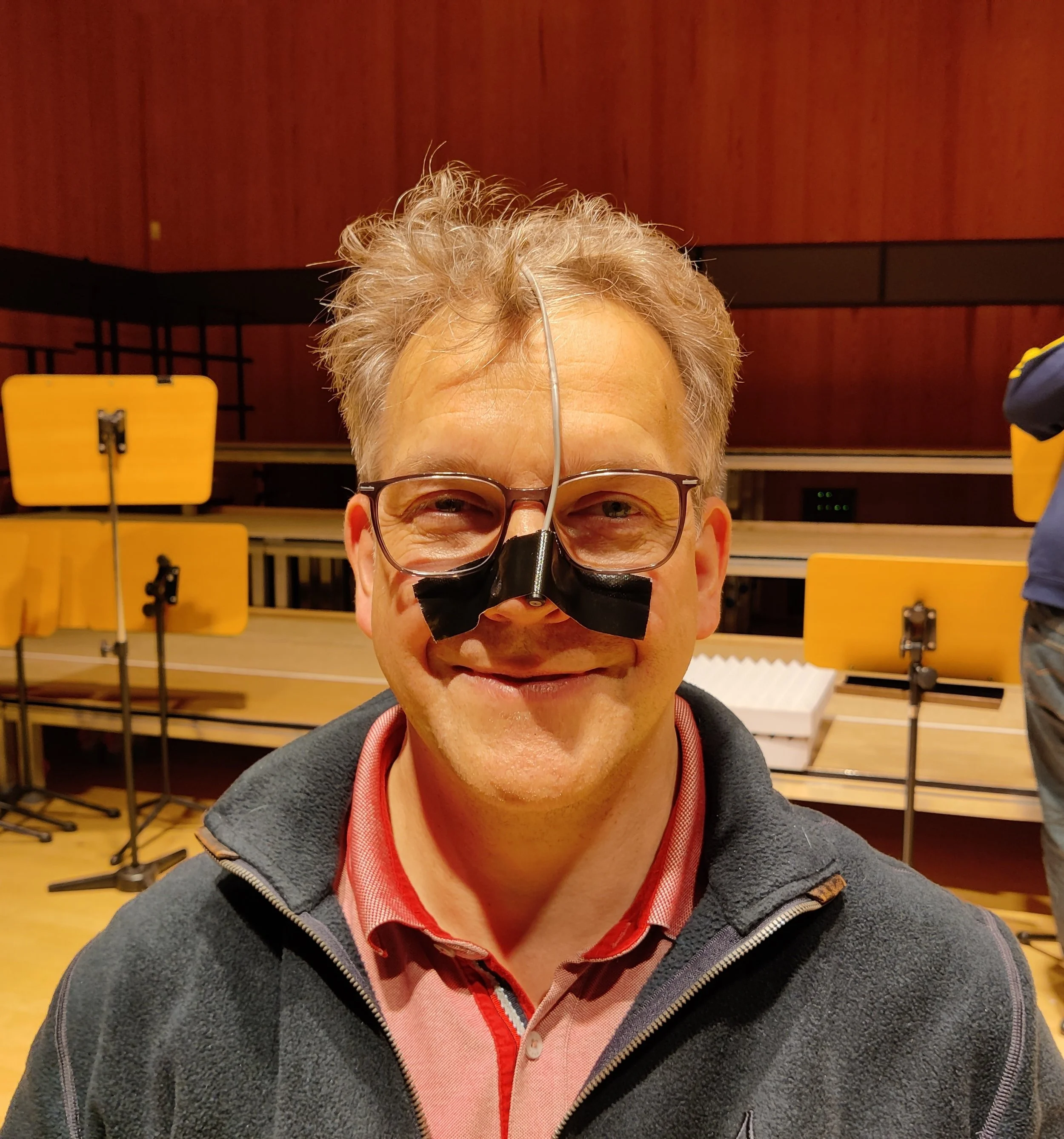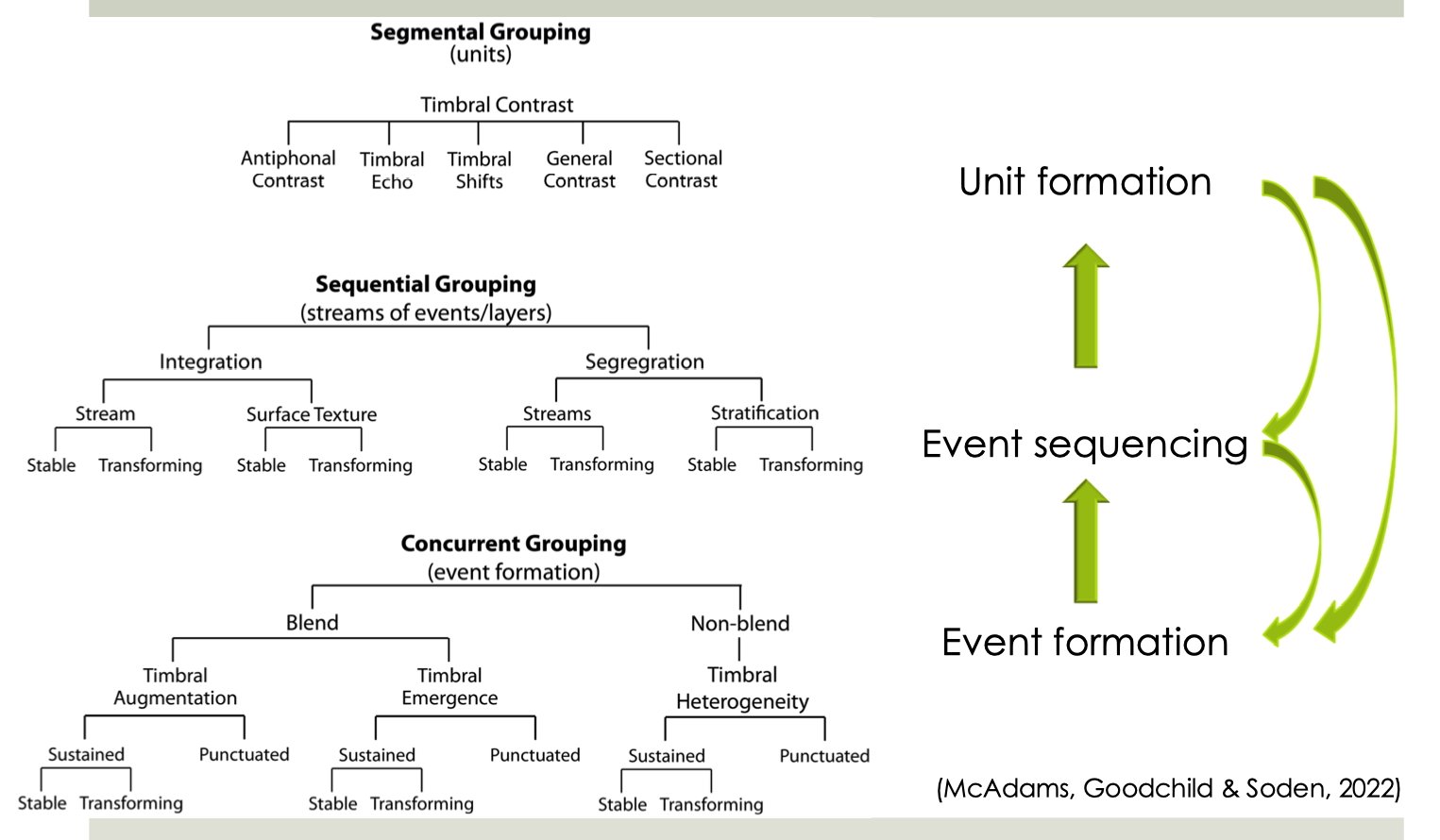
Across the Skies - Wenchen Qin
The repertoire of Chinese composer Wenchen Qin is often characterized by immediate connections to the topics of nature and religious spirituality. For Qin, the religious connotation in his music often serves specifically as the medium connecting humans and nature. One only needs to look at the titles of his works to see the prevalence of these two topics: Pilgerfahrt im Mai (Pilgrimage in May) (2004), The Nature’s Dialogue (2010), The Border of Mountains (2012), The Cloud River (2017), The Light of the Deities (2018), Poetry of the Land (2020), among others. Qin’s proclivity for these topics can be traced back to his childhood in Inner Mongolia where he was born. The vast landscape of Inner Mongolia, with its endless grassland interspersed with surging mountain ranges, bears a palpable trait of ruggedness and broadness of space, of which one can often identify musical counterparts in Qin’s music almost viscerally.

The Alchemical Wedding — Liza Lim
In The Alchemical Wedding (1996), for large ensemble, Australian composer Liza Lim seeks contact points between “seemingly disparate musical entities” (1996)—a pursuit reflected in the work’s title. This virtual contact is evidenced by the work’s peculiar instrumentation, where the Chinese Er-hu and Indonesian Angklung are pitted against a large Western ensemble. Reflecting the cultural fusion of composer’s upbringing between Australia and various Asian countries, The Alchemical Wedding represents a marriage of musical possibilities through the collision of Asian and Western instruments and aesthetics.

Pour l’image — Philippe Hurel
The opening section of the ensemble piece Pour l’image by Philippe Hurel is underpinned by a series of orchestration approaches that work in concert to generate large-scale musical transition. The first prominent transition happens in the first 15 measures, traversing from a complex timbral agglomerate to a transparent polyphonic texture. The second transition happens in mm. 22-45 where a harmonically and timbrally dissonant texture gradually condenses into a passage of consonant chordal echoes.















